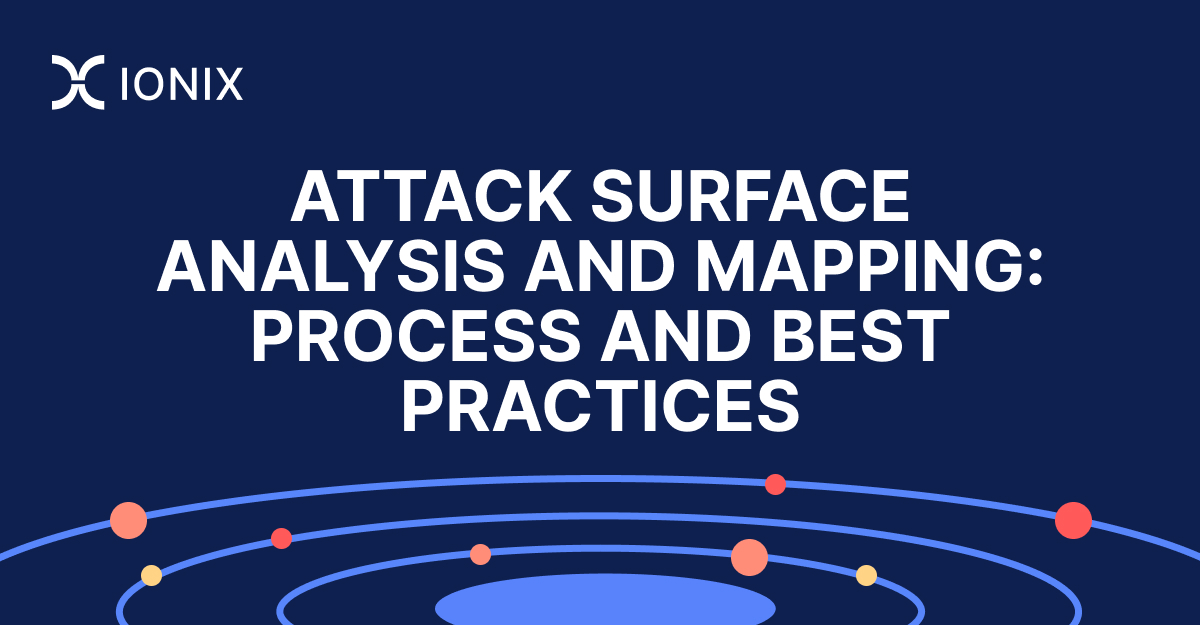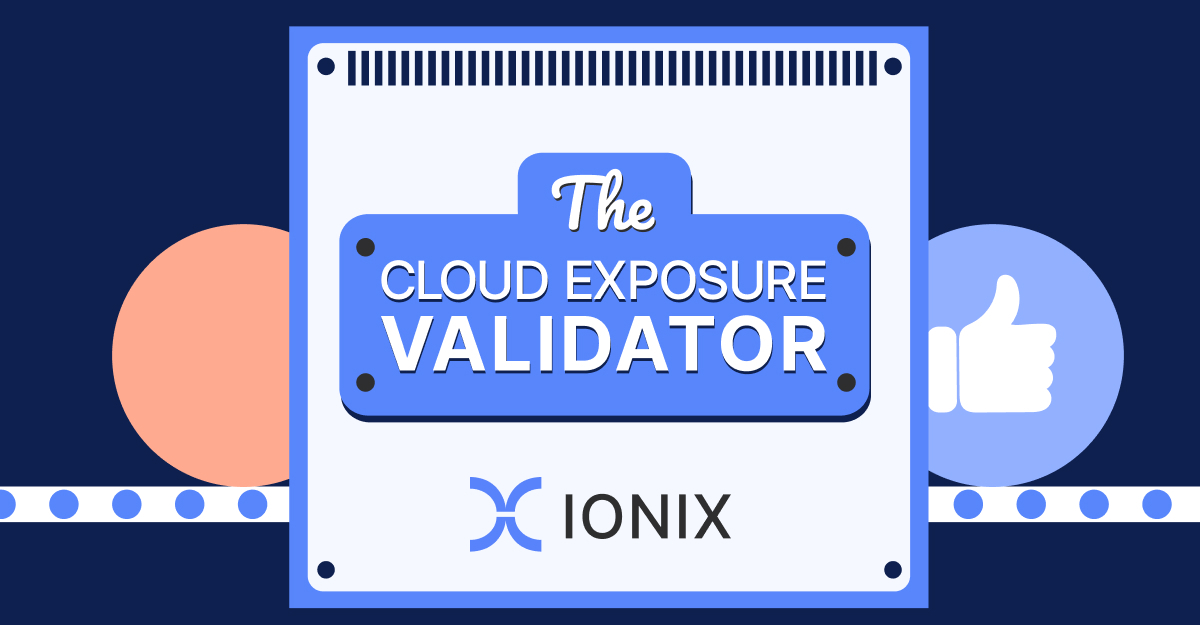Attack Surface Analysis and Mapping Step By Step

Attack surface analysis and mapping are a crucial first step in the attack surface management (ASM) process. Before an organization can effectively manage its attack surface, it needs to have a complete understanding of what that attack surface is.
Attack surface analysis and mapping provides this initial understanding by inventorying an organization’s assets, their vulnerabilities, and the potential threats that they may face. This lays the groundwork for ASM, where the organization works to restrict and control this attack surface to the greatest degree possible.
What are the Steps in Attack Surface Analysis?
Attack surface analysis is designed to move an organization from limited knowledge of its IT infrastructure to a comprehensive understanding of the vulnerabilities that it contains and the risks that they pose to the business.
The attack surface analysis process can be broken down into three main steps:
#1. Identify Assets
Mapping an organization’s attack surface involves understanding the vulnerabilities present in each of its IT systems. The first step in accomplishing this is identifying all of the systems that the company owns. Performing asset discovery and creating a comprehensive asset inventory enables the security team to start looking for potential threats to those assets.
#2. Detect Vulnerabilities
After generating an inventory of IT assets, the organization can start looking for vulnerabilities within these assets. This could include running vulnerability and web application scanners, sniffing network traffic, and collecting publicly available open-source intelligence (OSINT) about the organization.
#3. Analyze Attack Vectors
With an understanding of the vulnerabilities present in its IT ecosystem, the organization can begin working to identify how it might be targeted by an attacker. Identifying and analyzing potential attack vectors enables the organization to implement security controls that could detect or prevent potential malicious activity.
These steps describe attack surface analysis primarily from the perspective of digital assets and vulnerabilities. However, a comprehensive understanding of the organization’s attack surface and security risks also considers threat vectors such as physical attacks and social engineering. Many of the same techniques can be applied to these attack surfaces as well, such as mapping an organization’s physical sites and defenses, looking for potential weak spots, and identifying how an attacker can exploit them.
Mapping Digital Attack Surfaces: Key Tools and Techniques
Knowing that the organization needs to map IT assets and discover potential vulnerabilities is very different from knowing how to do so. Some of the key tools and techniques that security teams, penetration testers – and cybercriminals – use to map digital attack surfaces include the following:
- Network Scanning: Network scanners identify systems that are connected to the network within an organization’s IT ecosystem. By attempting to connect to various IP addresses and ports, an attacker or security team can build a map of the systems and applications present on the network.
- Application Profiling: Application profiling is designed to identify which applications are running on an organization’s systems, including the specific version information. This can often be accomplished by network scanning and enables someone to look up whether known vulnerabilities have been reported for that application.
- Dumpster Diving: Dumpster diving addresses an organization’s physical attack surface by looking through the trash for discarded printouts, notes, devices, and other items of interest. This technique has the potential to provide access to sensitive data — including passwords and other credentials — or devices that may have been improperly cleared of data.
- Vulnerability Scanning: Vulnerability scanners are automated tools that look for vulnerabilities in applications connected to the network. They usually work by performing application profiling to identify an application, and then looking for publicly reported Common Vulnerability Enumeration (CVE) entries associated with that application.
- Web App Scanning: Web application scanners are vulnerability scanners that specialize in web applications. They look for well-known vulnerabilities in these applications, such as SQL injection, buffer overflows, and other common flaws.
- Open Source Intelligence (OSINT) Analysis: OSINT is information about an organization that is publicly accessible via its website, social media, the Dark Web, and other sources. OSINT collection tools scan this, looking for useful information for an attacker. This could include credentials that were compromised in a data breach or information about an organization’s internal architecture. For example, a job posting looking for IT admins with specific areas of expertise hints that the company uses the particular systems mentioned for that role.
- Hybrid Approaches: While automated analysis can be fast and highly scalable, it is prone to false positive detections where a system may appear to contain a vulnerability but is not actually exploitable. Hybrid approaches combine automated vulnerability detection with manual analysis to validate findings and gain additional insight into them.
Best Practices in Attack Surface Mapping and Analysis
Attack surface mapping and analysis is a crucial component of an ASM program. Some best practices to keep in mind include the following:
- Begin with an Inventory: An incomplete asset inventory can introduce blindspots into an organization’s attack surface analysis. Starting by identifying and mapping all IT assets both ensures that the analysis is comprehensive and is vital for prioritizing the results based on the importance of the underlying asset.
- Consider Third-Party Risk: Many organizations have cloud infrastructure, third-party software, and vendor relationships that introduce risks into their environment. Mapping out these relationships and evaluating the security of these third-party providers is crucial to identifying all potential threats to the business.
- Perform Asset-Based Prioritization: Attack surface analysis will identify an array of potential vulnerabilities and attack vectors in an organization’s IT environment. These should be prioritized based on the value of the underlying asset and workflow to maximize return on investment for remediation efforts.
- Automate for Continuous Analysis: Digital attack surfaces are constantly changing as IT environments evolve. Leveraging automation is essential to ensure that security teams are working with the latest and best information rather than a dated snapshot.
- Consider Non-Technical Threats: Employee security training is also an essential component of an attack surface management program. Training employees about social engineering threats and common security errors can help reduce an organization’s exposure to these threats.
- Move on to Remediation: Visibility into an organization’s digital attack surface is of limited value if the company doesn’t use that information. After identifying and prioritizing threats, take prompt action to address the most significant and reduce the company’s threat exposure.
FAQ
What are the benefits of attack surface analysis?
Attack surface analysis provides organizations with insight into the various ways that their IT environment can be targeted by an attacker. With this information, the company can proactively work to close security gaps, preventing attackers from exploiting them.
How often should attack surface analysis take place?
An organization’s digital attack surface is constantly evolving as new devices and applications are added or software is updated. Automated attack surface analysis solutions should continuously monitor an organization’s digital attack surface, enabling it to quickly take action to remediate security risks after they have been introduced.
Can attack surface mapping be automated?
Yes, automated tools can perform attack surface mapping, including inventorying IT assets and identifying potential vulnerabilities. The value of an automated solution depends on how well it weeds out false positives, reducing the need for manual review.
How do you prioritize assets during mapping?
The results of attack surface analysis are a set of vulnerabilities and attack vectors that should be prioritized based on the assets and workflows that they impact. Vulnerabilities that place high-value assets at risk, could leak sensitive data, or threaten important workflows should be addressed before those impacting lower-value assets, even if the vulnerability itself is of a higher class.To learn more about how Ionix can help your organization reduce its digital attack surface, you’re welcome to request a free demo.






